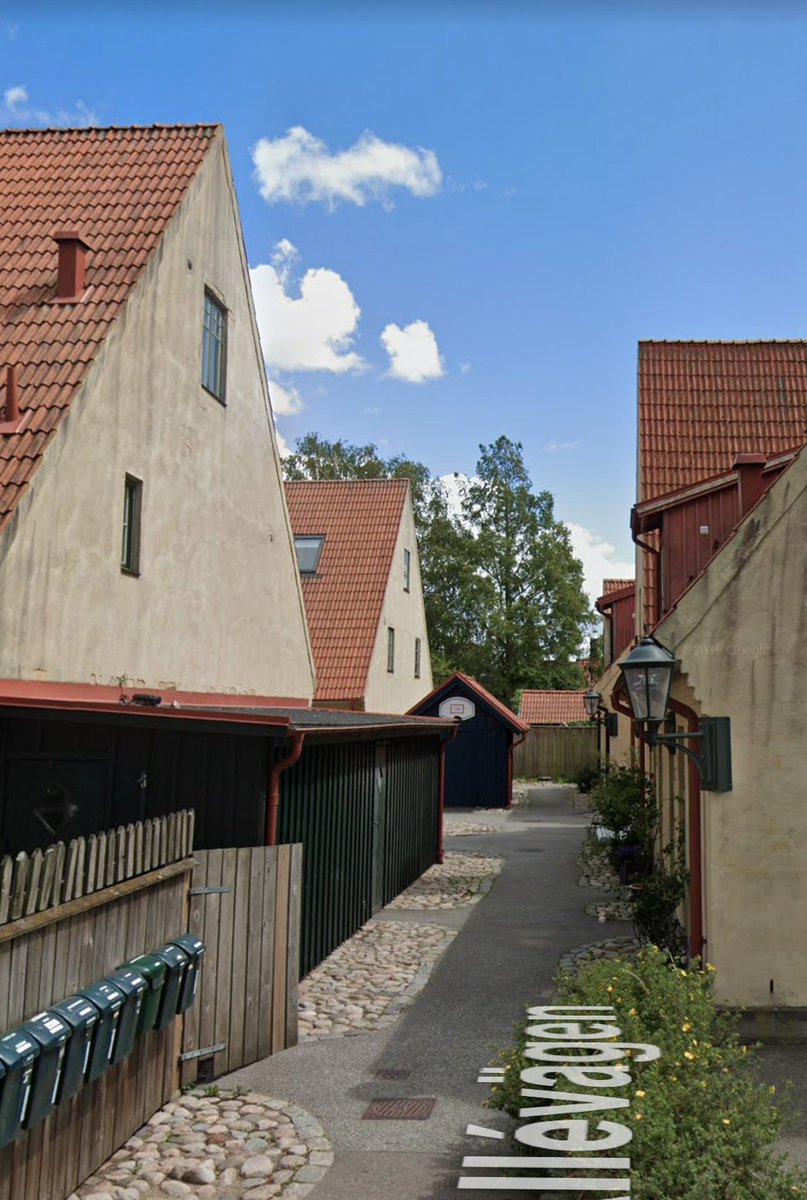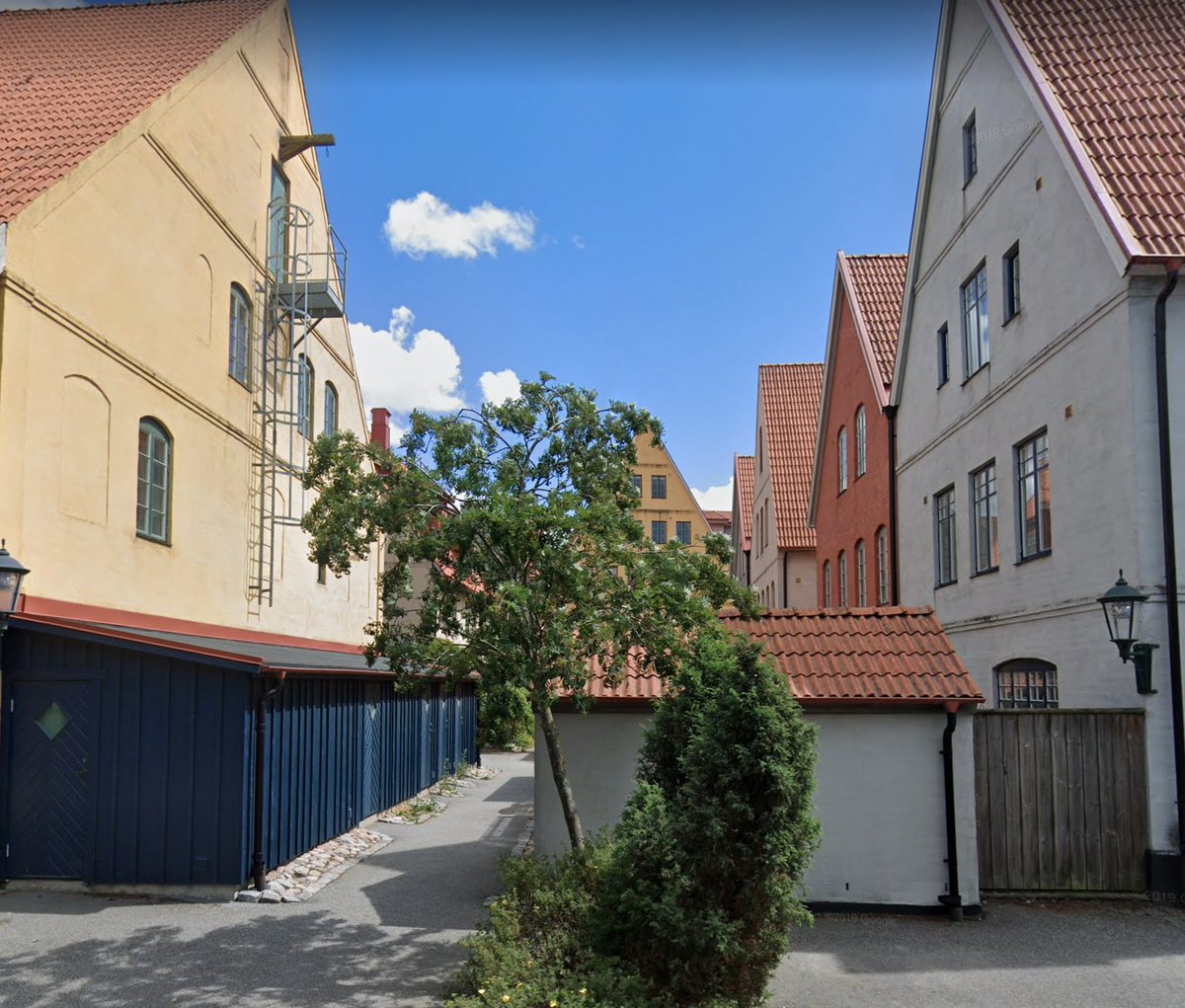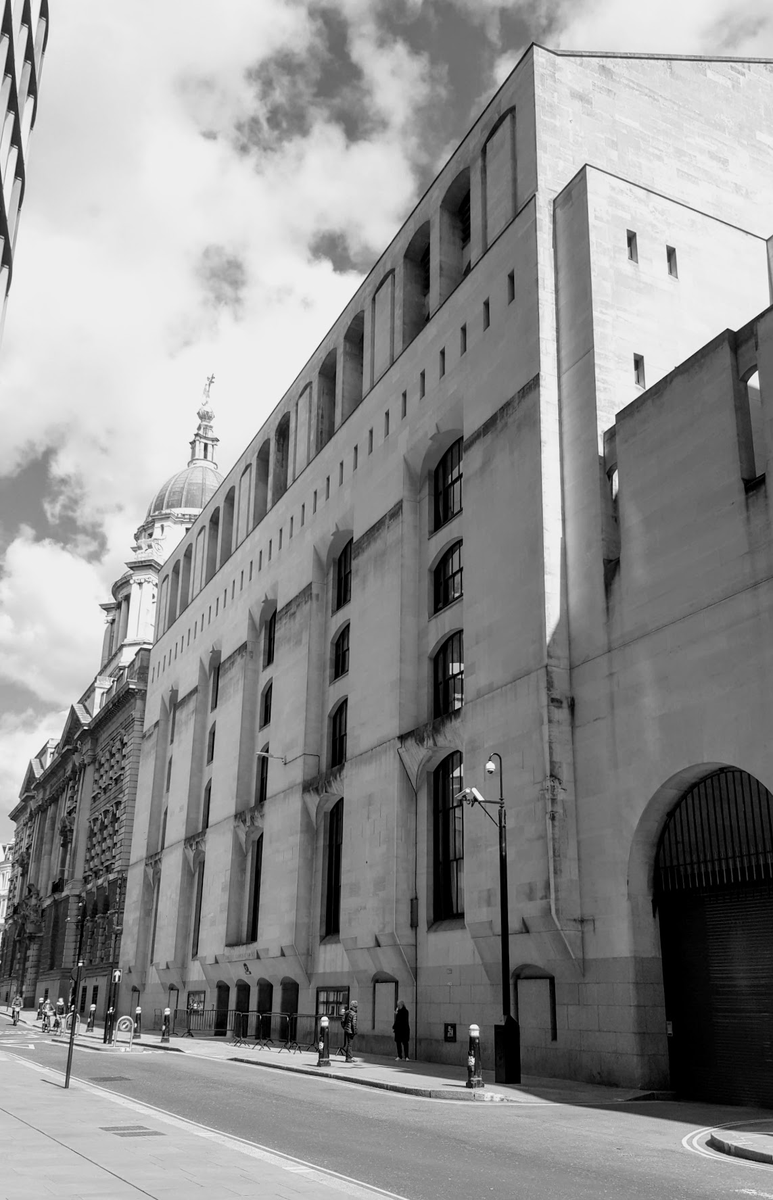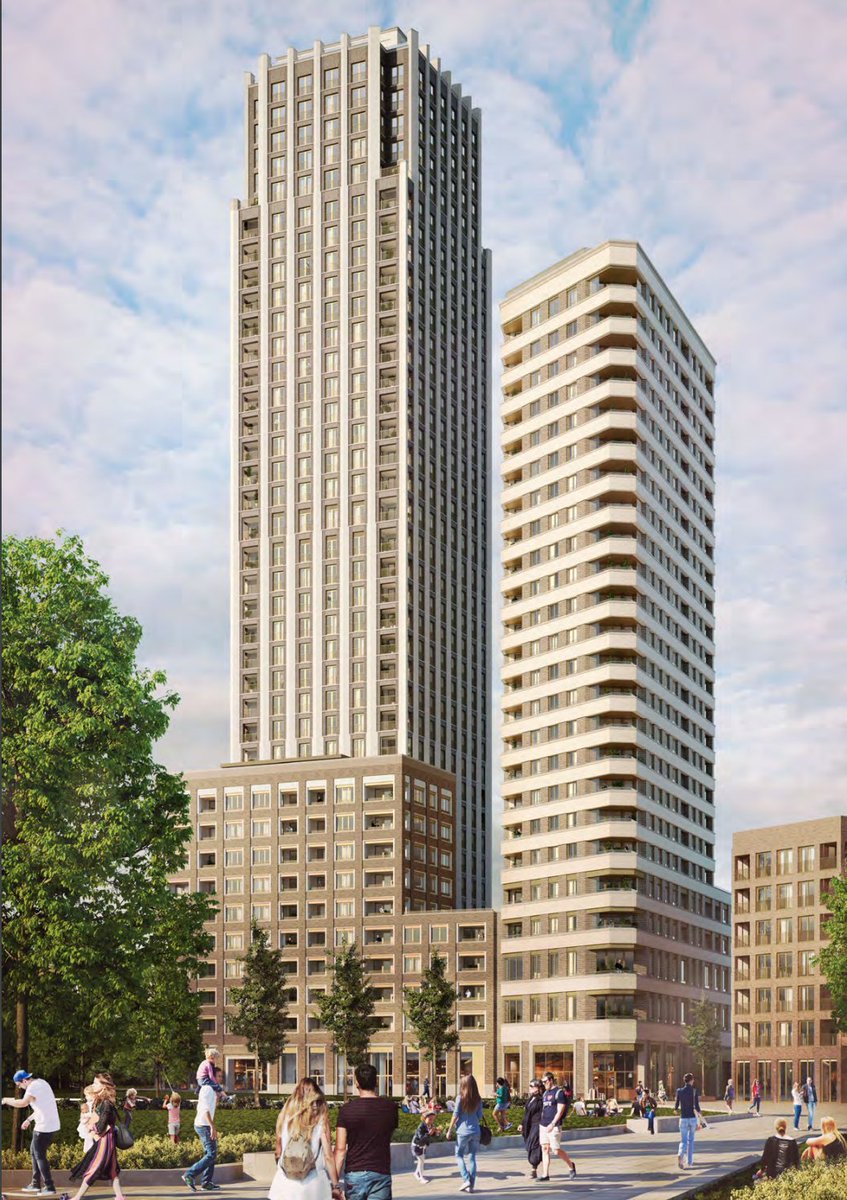
Much controversy at the moment about the plans for a new court complex on Fleet Street. Left is today, right is the proposal. 



An enormous brutalist building and lovely early Georgian townhouse would be lost on Salisbury Square (these are rather approximate before-and-afters). 



There is plenty of good about this project - this is not a heroes and villains affair. But the cost in terms of architectural heritage does seem very steep. 



• • •
Missing some Tweet in this thread? You can try to
force a refresh



































